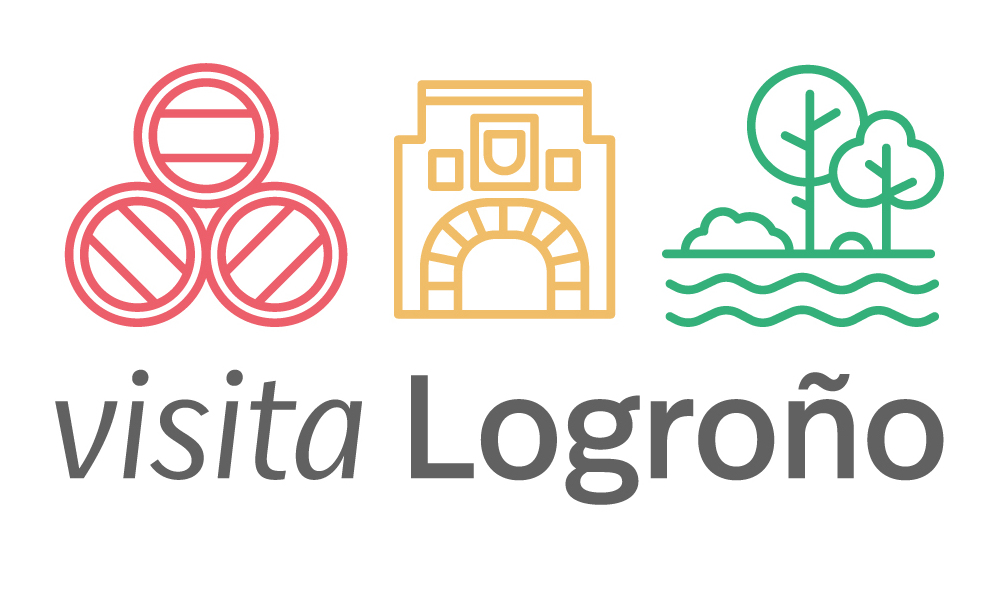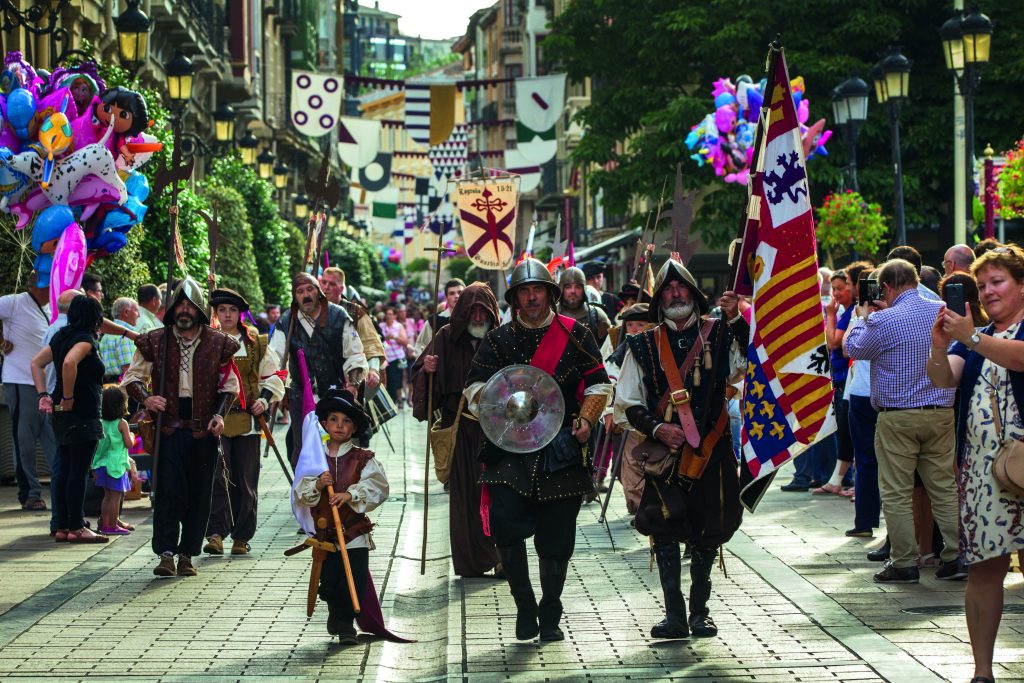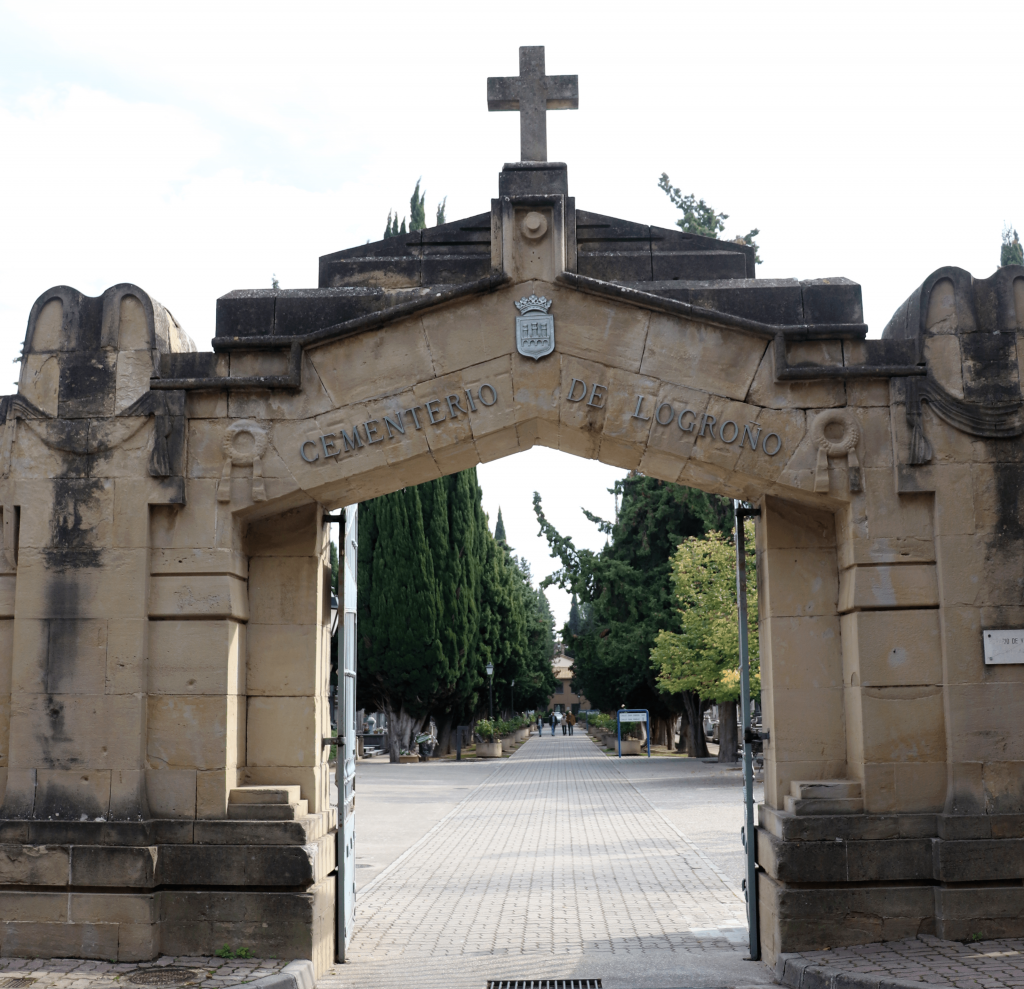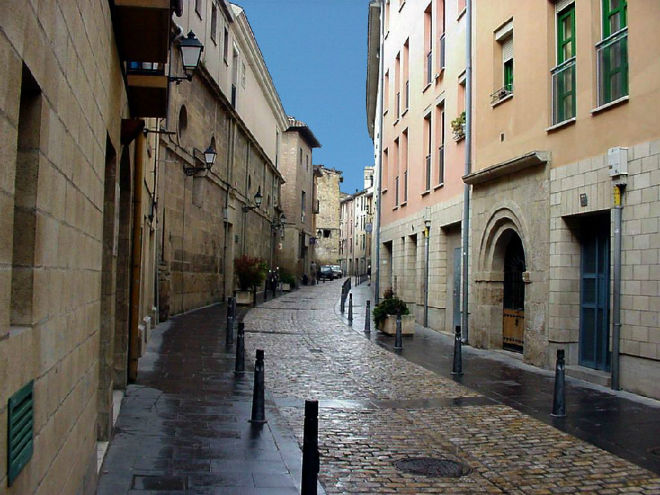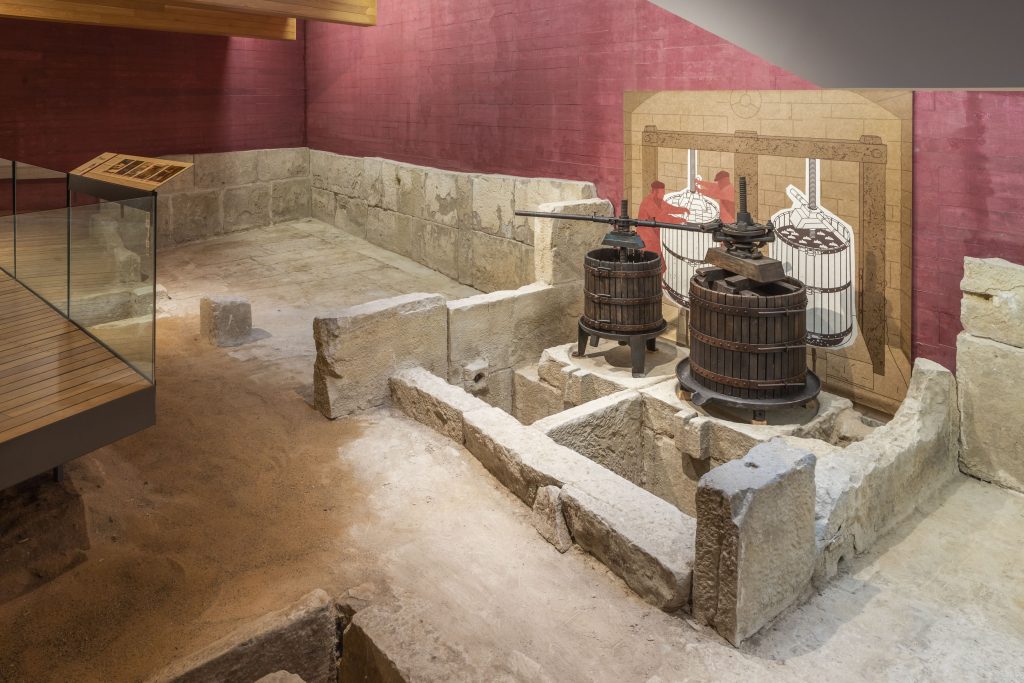Logroño as Oenopolis is a project that aims to turn the capital of La Rioja into a catalyst for the region’s energies, combining wine tourism with cultural and natural attractions to position itself as an essential destination for a public eager to travel again.
Imagine a couple of wine connoisseur friends asking for advice on a trip or a getaway to a destination where they can enjoy not only their passion, but also sophisticated cultural activities, pleasant walks and even an afternoon’s shopping. A visit to Bordeaux, or perhaps Dijon in Burgundy might come to mind.
Or perhaps Siena and Florence in Tuscany’s Chianti region, or even San Gimignano if the preference is for the white wine made from the Vernaccia grape. If time is not an issue, then the Napa Valley in the United States might be an option, or Australia or Chile. But then… why not Logroño?
After all, it seems that it was the Marquis of Murrieta who brought winemaking techniques from Bordeaux to La Rioja, so there is even a historical excuse. Moreover, as a meeting point for the French Way of St James, the Ebro and the Ignatian Ways, the city has developed a hospitable character, the kind that comes from the heart.
Without a doubt, the capital of La Rioja experiences oenology in a natural, everyday way. But sometimes this is not so obvious to the visitor passing through, who simply sees the opportunity to taste a good crianza or reserva to go with their pinchos.
That is why, in these times when we have rediscovered the pleasures of open spaces and environmentally friendly activities, it is enough to take a walk around the outskirts for a revelation to take place.
Taking advantage of the fact that Google has integrated into its maps the greenways of Spain, those old disused railway tracks that are now trails for walking or cycling, let’s take the Vía del Cortijo, a route that not only offers great views of the Ebro and the Cantabrian mountains, but also of the vineyards surrounding the city.
It couldn’t be more obvious: Logroño is an Oenopolis. But what exactly does Oenopolis mean?
It means a lot of things. Just as the words “wine culture” mean something that goes way beyond a simple wine tasting, being an Oenopolis means that Logroño is a city that lives for wine in every sense, but above all, one where wine is a part of the heritage and the backbone of the tourism industry; courses are run on the subject of wine, and it impacts on the challenge to become a smart city.
Becoming an Oenopolis therefore means going beyond the vision of the traditional wine sector, which is closely linked to agricultural and industrial production, and looking at the social and cultural elements that make it possible to offer tourists an interesting and unique experience.
Logroño as Oenopolis is also a strategic project that will take shape thanks to a multitude of initiatives and activities, which will gradually help the city to put itself on the map as a full-blown tourist destination, not only for its wines.
Many people will have been surprised at some point to hear voices at the next table or across the bar chatting in English, French or other languages, and not necessarily only on weekends or in summer. In an almost natural way, Logroño has become a major attraction for both Spanish and foreign tourists, who often visit other parts of La Rioja afterwards.
An Oenopolis is therefore a magnet, and also reaches out to the world. Because right from its conception, this plan aspires to be inclusive, to seek collaboration and to create synergies with the environment in order to offer the best and most rounded experience to the visitor, and also to those who decide that in Logroño they have found their place in the world. Life is good in this city.
So, the next time friends who are travellers and wine tourists don’t know where to go, the destination to suggest is very clear.
